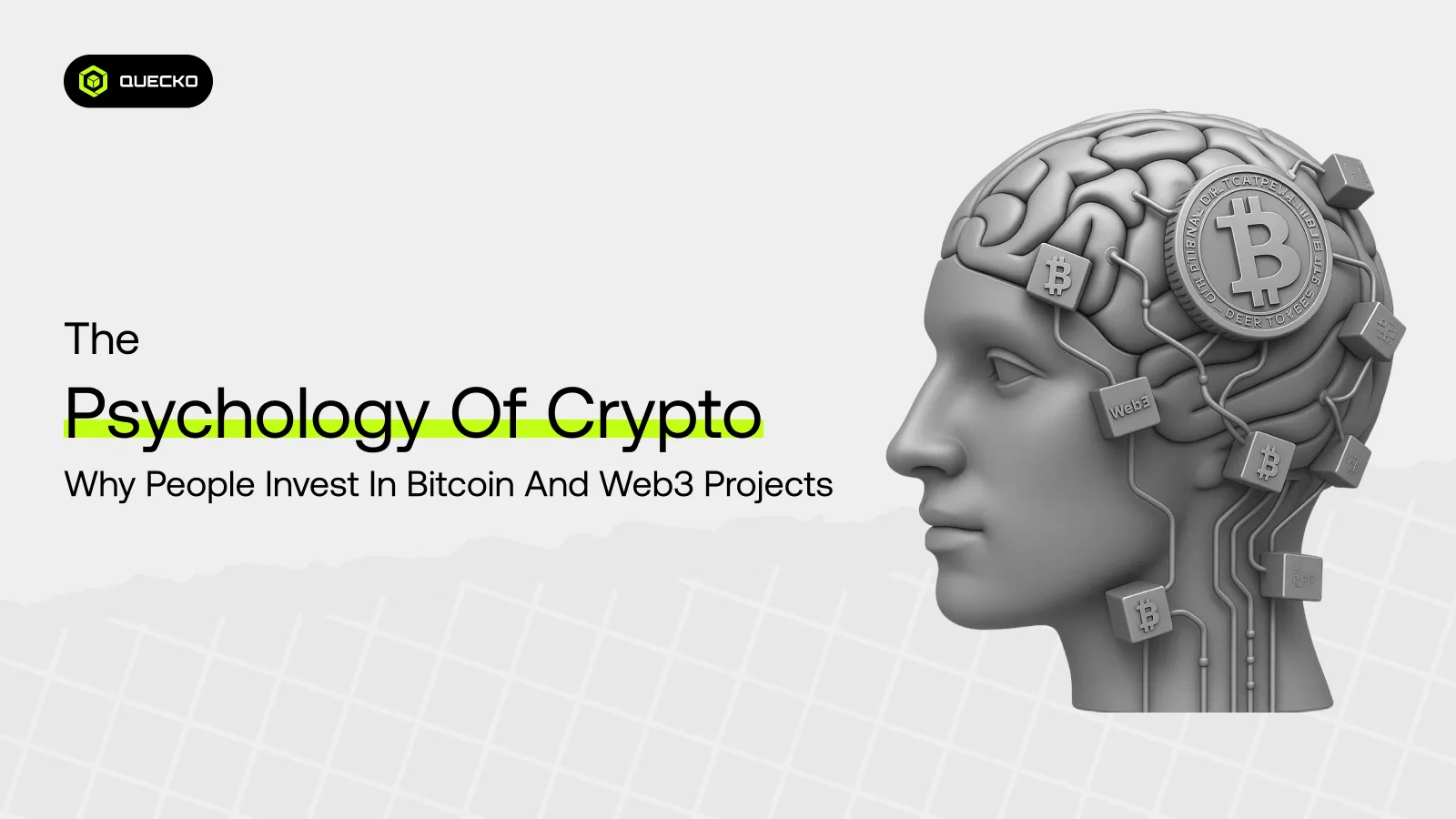Zero Knowledge vs. Zero Trust
Zero Knowledge protects privacy, Zero Trust secures access—combining both strengthens cybersecurity.

In today’s rapidly evolving cybersecurity landscape, organizations and individuals alike face increasing threats that challenge traditional security practices. As cyberattacks grow more sophisticated, relying solely on traditional security models is no longer sufficient to protect sensitive data and systems. To strengthen security posture and mitigate risks, modern frameworks like Zero Knowledge and Zero Trust have emerged as powerful solutions.
While the two terms may sound similar, they represent fundamentally different security frameworks, each designed to enhance digital protection in unique ways. Zero Knowledge primarily focuses on cryptographic methods that validate authentication without exposing sensitive information, while the Zero Trust framework enforces strict access controls and continuous verification to prevent unauthorized access within a system.
With threats such as data breaches, identity theft, and ransomware attacks on the rise, organizations must integrate advanced security tools to safeguard their networks. Implementing multi-factor authentication (MFA), enforcing least privilege policies, and securing access to resources are just a few key strategies that contribute to a robust cybersecurity defense.
In this blog post, we’ll explore the core principles of Zero Knowledge and Zero Trust, examine their differences, and highlight where they intersect. Understanding these frameworks is essential for anyone seeking to enhance network access security and build resilient digital environments.
What is Zero Knowledge?
Zero Knowledge is a cryptographic principle that enhances user privacy by allowing one party (the prover) to prove knowledge of certain information to another party (the verifier) without revealing the actual data. This technique helps mitigate cyber threats, securing sensitive details through Zero Knowledge Encryption, often used in digital transactions, blockchain, and authentication processes.
By implementing Zero Knowledge, organizations strengthen access control, preventing unauthorized access to applications while reducing the risk of security breaches. It also helps limit lateral movement, blocking attackers from navigating systems undetected.
Zero Knowledge supports a wide range of security technologies, reinforcing Trust Security and modern security systems. As threats evolve, integrating Zero Knowledge into security policies ensures stronger defenses for an expanding user base.
Key Characteristics of Zero Knowledge:
Zero Knowledge plays a vital role in securing digital ecosystems, especially as organizations shift towards cloud-based infrastructure and decentralized security models.
- Privacy-Focused: Ensures that sensitive data (like passwords or encryption keys) is never exposed, making it ideal for cloud environments where data protection is crucial.
- Used in Authentication: Some password management solutions and blockchain technology platforms employ zero-knowledge proofs (ZKPs) to verify identities without storing actual passwords, reinforcing security for modern organizations.
- Decentralized Security: Frequently applied in privacy-preserving technologies, such as private transactions in Zcash (a cryptocurrency) and secure authentication protocols. This allows cybersecurity experts to enhance security without compromising user privacy.
Example:
When logging into a zero-knowledge-based system, the server doesn’t store your password. Instead, it verifies that you know the password without ever seeing it.
What is Zero Trust?
Zero Trust is a cybersecurity framework based on the principle: “Never trust, always verify.” Unlike traditional security models, which assume everything within network perimeters is safe, Zero Trust treats every access request as a potential threat. It enforces strict access control, using cryptographic primitives, continuous authentication, and arguments of knowledge to verify legitimacy without exposing sensitive data.
This model is essential for modern organizations, especially those with remote workers, as it minimizes security risks beyond physical offices. It also applies to cloud services providers and other service providers to secure infrastructure and prevent security breaches.
Zero Trust aligns with regulatory compliance requirements in industries like finance and healthcare, ensuring strong authentication and data protection. While distinct from Zero Knowledge, it complements privacy-focused security strategies. In today’s digital age, adopting Zero Trust is crucial for safeguarding enterprise systems against cyber threats.
Key Principles of Zero Trust:
By implementing Zero Trust principles, organizations can build resilient security frameworks that prevent unauthorized access while maintaining data integrity.
- Least Privilege Access: Users and devices receive only the minimum access needed to perform their tasks, reducing exposure to a potential breach. This foundational principle is central to the Zero Trust philosophy, ensuring critical assets remain protected.
- Continuous Verification: Authentication and authorization processes are ongoing rather than a one-time event. Using cryptographic proofs and verifiable proofs, organizations ensure access requests are legitimate, reinforcing security against malicious insiders.
- Micro-Segmentation: Networks are divided into smaller zones, limiting lateral movement in case of a breach. This approach, supported by Forrester Research, enhances security by isolating sensitive data and preventing attackers from moving freely within the system.
- Assume Breach: The trust model operates under the assumption that attackers are already inside the network, making proactive defense strategies crucial. Organizations prioritize enhanced privacy and deploy powerful tools like age verification systems and identity validation mechanisms to strengthen security.
Example:
Even if an employee is inside the corporate network, they must still authenticate before accessing sensitive files.
Key Differences Between Zero Knowledge and Zero Trust
| Feature | Zero Knowledge | Zero Trust |
| Primary Goal | Protect data privacy by hiding information | Secure access by eliminating implicit trust |
| Use Case | Cryptography, authentication, blockchain | Network security, identity management |
| How It Works | Proves knowledge without revealing data | Continuously verifies every request |
| Implementation | Used in encryption & authentication protocols | Applied across network infrastructure |
Where Do They Overlap?
While Zero Knowledge and Zero Trust are distinct concepts, they complement each other in modern cybersecurity. The Zero Trust security model enforces strict access controls and multi-factor authentication (MFA) to prevent unauthorized access, while Zero Knowledge proofs enhance authentication by verifying identities without exposing passwords or sensitive information.
One key intersection is in cloud service providers, who are investing billions of dollars into cybersecurity to protect customer data and ensure comprehensive access security. Many providers integrate Zero Knowledge proofs within a Zero Trust approach to security, ensuring privacy while maintaining strong access controls.
Both frameworks contribute to enhanced security adaptability, allowing organizations to dynamically adjust security policies based on the current security posture of their networks. By leveraging these principles together, businesses can minimize exposure of sensitive data, safeguard transactions, and build resilient cybersecurity infrastructures.
Conclusion
Zero Knowledge is about proving you know something without revealing it, ensuring privacy-focused authentication and data protection. On the other hand, Zero Trust is built on the principle of never trusting any user or device by default, enforcing layers of security control to minimize risks and prevent unauthorized access.
For enhanced security networks, organizations can combine both strategies—using Zero Knowledge proofs within a Zero Trust architecture to strengthen secure access while safeguarding data privacy. This approach integrates physical security keys, cryptographic authentication, and continuous verification mechanisms to create a more resilient system.
As cyber threats evolve, businesses must prioritize security investment in advanced frameworks that reinforce trust while ensuring data remains protected. By leveraging these models together, organizations can implement comprehensive security solutions that effectively combat emerging risks in today’s digital landscape.
Date
7 months agoShare on
Related Blogs

How to Create an Altcoin
1 day ago

From Hashes to Lattices: The Future of Blockchain Security
3 days ago

The Psychology of Crypto: Why People Invest in Bitcoin and Web3 Projects
14 days ago

Layer 2 Solutions: Scaling Bitcoin and Ethereum Without Breaking the Chain
15 days ago








